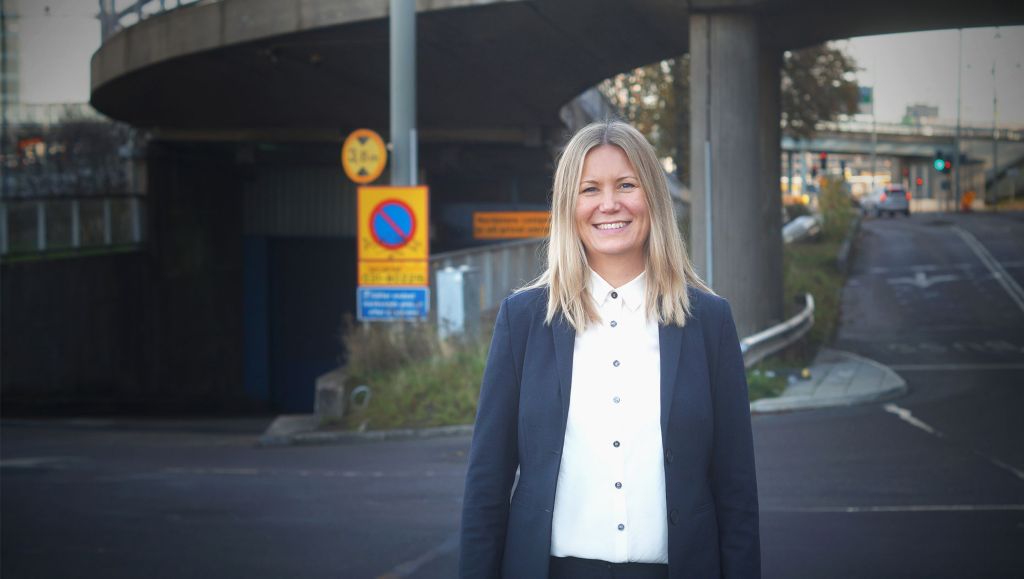Volvo reduces transports using a digitalized system


The background for the project is a study which revealed that a large proportion of trucks delivering goods to the heart of the city do not carry a full cargo, and that approximately 90 per cent of truck traffic handled just one-third of the goods entering the downtown area.
Together with the IVL Swedish Environmental Research Institute, the RISE Research Institutes of Sweden, the Gothenburg Urban Transport Administration, Nordstans Samfällighet, GLC, Best Transport, DHL, Velove, Pling Transport, and the Swedish Transport Administration, Volvo Group will lead this three-year research project to develop and implement a digital service to solve this problem.
“We all acknowledge the great challenges we face,” says Cecilia Haraldsson from the Volvo Group Connected Solutions Innovation Lab, who is managing the project. “Everyone sees the need to do something different in order to change urban logistics.”
The research project partners are now taking on the challenge by developing a solution to improve both the environment and traffic flows in metropolitan areas. The physical structure includes multi modal transportation using long/regional haulage to urban consolidation centers, feedering of consolidated goods to a city hub using electric trucks with increased fill rates, and last mile delivery from the city hub using electric micro vans and cargo bikes.
“We have to coordinate the trucks to stop transporting air and with that contribute to a reduction of heavy traffic in the inner-city”, comments Magnus Zingmark, Sustainability Manager at Nordstans Samfällighet.
“What is unique with this service is that we will create a system with a dynamic decision-making algoritm for consolidation and re-loading in hubs based on a complex amount of data”
A system-of-systems
A system-of-systems for urban transports is a complex issue and it involves many players and many different systems not designed to interact with one another.
“What is unique with this service is that we will create a system with a dynamic decision-making algoritm for consolidation and re-loading in hubs based on a complex amount of data,” explains Cecilia Haraldsson. “This is a whole new way of thinking and working in this industry, and it will not happen by itself.”
The project partners want to improve the city’s accessibility. More efficient transports bring lower environmental impact and fewer traffic jams. In addition, logistics costs will be reduced and deliveries to city centres will be more secure.
“This approach will meet the challenges we see in Gothenburg, and in cities in general”, says Magnus Jäderberg from the Gothenburg Urban Transport Administration. “The project is important to ensure a functioning and vibrant inner city, especially in light of the extensive construction work that is going on in the city of Gothenburg.
Higher efficiency, lower environmental impact, increased traffic safety
Through coordination the trucks will be more fully loaded. A preliminary study indicates that the number of transports to the city centre could be cut by at least 40 per cent, accompanied by a 75 per cent reduction in fossil fuel vehicles for goods delivery in the inner city.
In order to test and demonstrate solutions, the project will establish a living lab where solutions will be gradually implemented, and create an open platform for more innovation and start-ups. “I hope that this project will inspire even more innovation and that the solutions we develop for downtown Gothenburg will be spread to other cities where connected technology can contribute to higher efficiency, lower environmental impact and increased traffic safety,” says Cecilia Haraldsson.